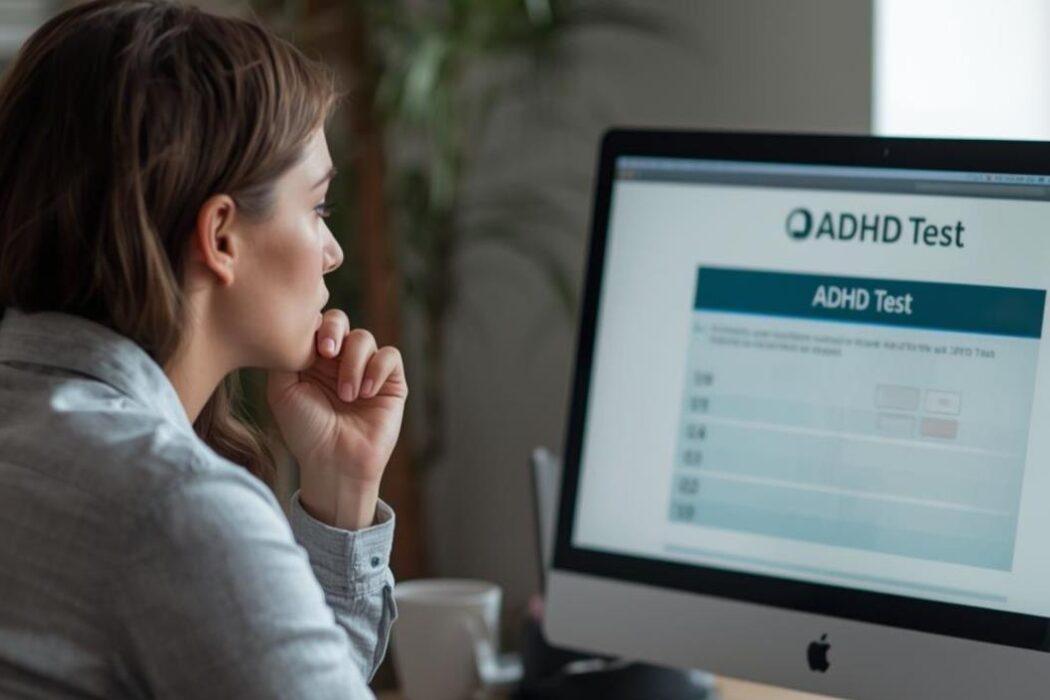What is the function of the ACL?
The anterior cruciate ligament (ACL) plays a vital role in stabilising the knee joint. It originates from the distal femur (thighbone), at the posteromedial aspect of the lateral femoral condyle, crossing through the knee and attaching to the tibia (shinbone), anterior to the intercondyloid eminence of the tibia. This anatomy means the ACL is responsible for controlling the movement of the tibia, preventing it from sliding too far forward, and providing stability for rotational and angular movements at the knee.
As a result of this anatomy, the ACL is injured when there is a sudden change in directional movement or a rapid deceleration occurs. The foot will be planted and there will be excessive rotation in the femur and or anterior translation of the tibia. To rupture the ACL requires a high level of force and common sports for injury include football, rugby, tennis and downhill skiing. It is most common for the knee to swell significantly and acutely after the event, with pain and instability also present.
 Torn ACL
Torn ACL
If you suspect you have ruptured the ACL it is vital to seek a professional medical opinion and appropriate further investigation, via MRI imaging, as quickly as possible. This consultation can be with a physiotherapist, Consultant Orthopaedic Surgeon specialising in the knee or similarly trained medical professional. It is not uncommon, due to the mechanism of injury, that with a rupture of the ACL, other structures in the knee are also involved. It is important to recognise that not all ACL ruptures do require surgical intervention. There are a variety of factors that contribute to this decision making process. These include but are not limited to, consideration of the activities you wish to return to and stability at the joint after a period of rehabilitation.
Facts and tips:
- Most ACL’s are non-contact injury (70%).
- The biggest risk factor in injury is previous injury, can be on the same or opposite side. It is therefore vital to improve neuromuscular control.
- Progress through the pathway should be based on functional capacity and control, not time.
- If you have a confirmed ACL injury, there is also a place for pre-surgical rehabilitation to optimise your recovery post-surgery.




